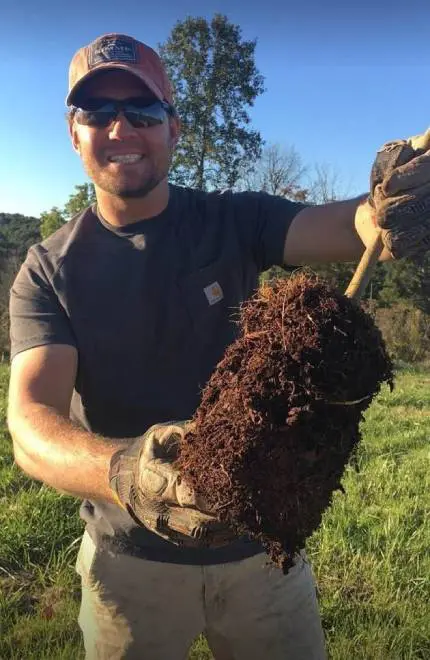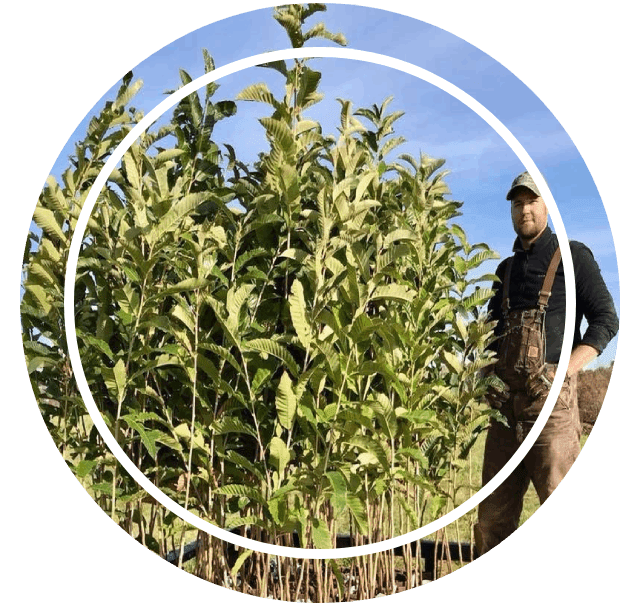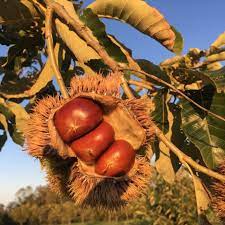Tree Planting & Maintenance with Adequate Knowledge

Chestnut trees require well-drained acidic soil and a pH between 4.5 and 6.3. They should be planted in the spring or fall when dormant, and potted trees can be grown in leafed-out conditions. Chestnuts do best when watered weekly the first year. Avoid letting the trees dry out or standing in water.
Bare toot trees should be hydrated in a bucket of water for 2-4 hours before planting. Bare root trees are best planted and watered immediately. When growing bare roots, keep the plants shaded and roots damp.
Care for Chestnut Trees
It is best not to fertilize newly planted ( 1st year) trees. If you can't wait to fertilize, use a half dose of a slow-release fertilizer like Osmocote. Trees do well with a circle of mulch such as wood bark, pine straw, or a square of hefty cardboard.
Young trees are susceptible to deer and rabbit damage. We strongly recommend tree tubes, wire cages, or a fence. Some people are using various deer repellents.



Spacing for Faster Growth
Tree spacing is very important. For edible nut varieties, 30' spacing is optimum. Growers often place trees in 20' and 25' intervals, and this generally works until age ten to twelve, when the trees crowd each other. Some farmers/ orchardists use a 40' x 30' so crops can be grown in-between the rows. Environmentalists are also planting in tighter spacing to maximize the carbon storage per acre.
Lastly, if you invest in Timber forms, a spacing of 15' allows for faster vertical growth and more trees per acre.
